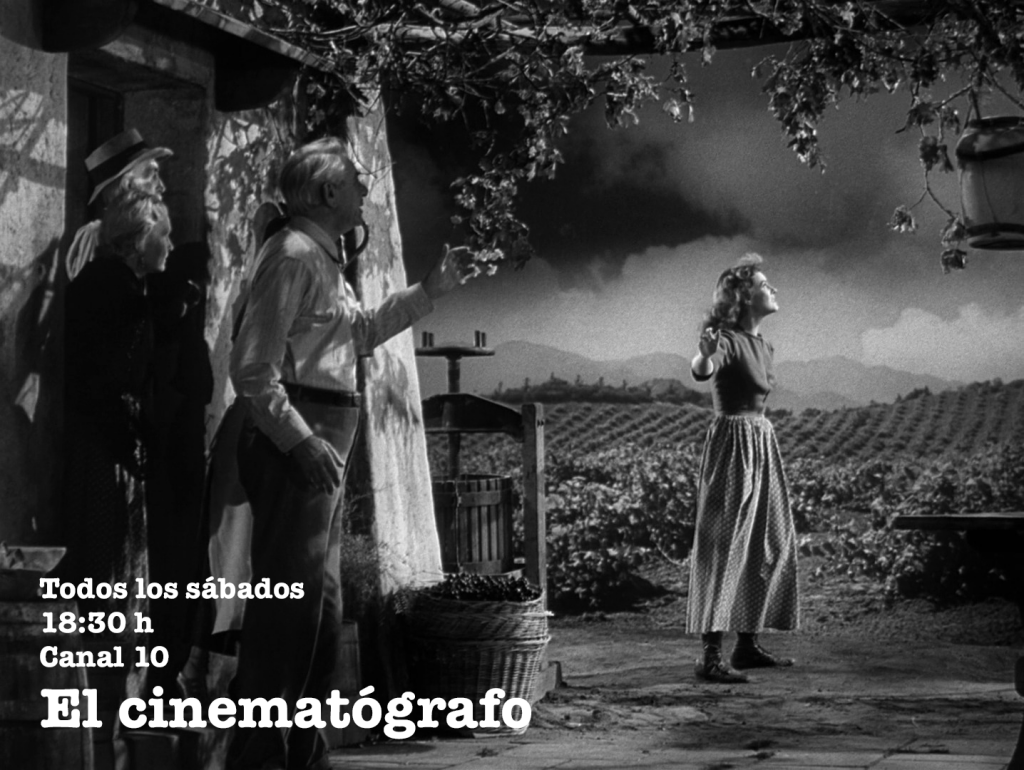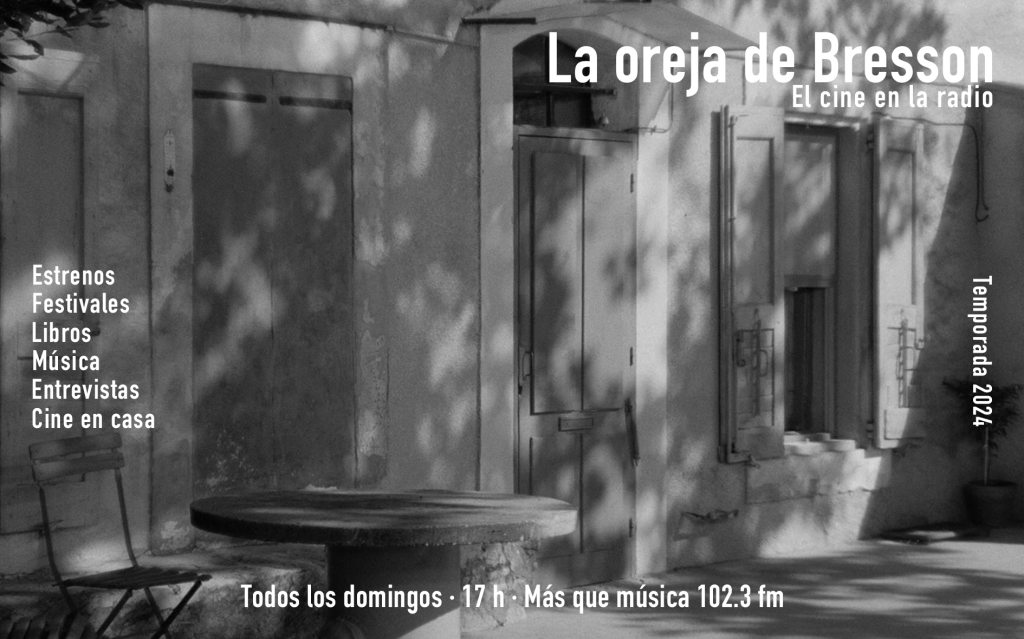
MOSTRA DE CINEMA DE TIRADENTES (02): THE ZONE
For foreigners, the journey to the small town of Tiradentes is illuminating. The drive from the Belo Horizonte airport allows one to understand the rhizomatic urban expanse of Brazil. It takes over an hour of driving to leave behind Belo Horizonte and its suburbs. The transition is slow, but after an endless succession of buildings and houses embedded in a buried ecosystem, the orange earth conquers the retina and green imposes itself as the dominant color of an open landscape in which the cows seem to enjoy a happy existence.
The Tiradentes Film Festival (Mostra de Cinema de Tiradentes) screens Brazilian cinema exclusively, and this initial contact with the country can work as a reverse shot to the films. Geography and aesthetics, shots and landscapes, direct reality and staging. The exhibition does not begin in the tent especially prepared for the screenings, but rather it begins in that preparatory trip that constitutes an introduction to Brazilian life. Thanks to the films, during the days of the festival, the general impressions one may receive from this first survey of the landscape are complemented by a grouping of perspectives that display an idea of Brazil in time and space.
The first time I heard in detail about the Mostra de Tiradentes was at another Brazilian festival, Ohlar de Cinema. I had been invited as a juror. The year was 2014 and in that year’s competition two fundamental films were programmed as part of the current offering of independent Brazilian cinema: Branco Sai, Preto Fica by Adirley Quierós and A Vizinhança do Tigre by Affonso Uchoa. Both had premiered at the Mostra de Tiradentes. Until then, I had only seen one film as free as these two: Estrada para Ythaca by Pedro Diogenes, Guto Parente, Luiz Pretti and Ricardo Pretti. I had seen it at Bafici in Argentina, but it was only a few years later that I understood that this particular tendency that existed above all in fiction was related to the curatorship of the festival. Estrada para Ythaca was a film – perhaps seminal – of Tiradentes.
In 2015, I attended the festival for the first time, and there I met Cléber Eduardo, the artistic director, who in the Aurora section forged a lucid reading of contemporary cinema in his country. I did not speak with him much that year, nor in the subsequent years. His presence at every event was always evanescent. He participated in the morning discussions, but in no way stood out from the collaborators or other guests. His style was sober; his speech, precise. He was aware that something had taken place during the years of his direction, to such an extent that he exercised a paradoxical methodology that consisted of the obligatory insertion of a film that was entirely unexpected within the general aesthetic line that he had constructed over the years. Eduardo had warned that the detractors of the festival, who are never lacking and who are annoyed by the dismantling of an aesthetic order, had expressed their disdain for his proposal by attributing a “style” to the films of Tiradentes. Certainly, the festival’s film used to have a recognizable political position and a limit to their production value, but these are simplistic categories for classifying a heterogeneous proposal and do not justify the existence of a castrating «style».
Eduardo and his team of programmers knew how to recognize a phenomenon linked to Brazilian cinema that was not dissociated from the first administration of President Lula Da Silva. In those first years of the century, the president (who is president once again today) conceived a decentralization in audiovisual production, while also specifically giving it a boost with new forms of promotion. For foreigners, the current Brazilian cinema is not identified with filmmakers from just one or two central cities of the country. The Brazilian cinematographic pluralism can be corroborated by following the films that come from areas of Brazil that are extremely far apart from each other. This results in a varied grammar, despite the fact that national cinematographies tend to be unified by class membership, a phenomenon from which Brazilian cinema is not exempt, with some extraordinary exceptions. In this regard, the cases of Queirós and Uchoa are admirable, and fortunately they are not the only ones.
With much enthusiasm, I have programmed several films that were born at the Mostra de Tiradentes: Jovens infelizes ou Um Homem que Grita não é um Urso que Dança, Baixo Centro, Lembro mais dos Corvos; Baronesa, Um Filme de Verão, Pão e Gente, in addition to those already mentioned, Branco Sai, Preto Fica and A Vizinhança do Tigre. At Viennale, Filmfest Hamburg, FICIC, and at one time at FICUNAM, some of these films were programmed and defended as key films of contemporary cinema. It was a relief as a programmer. There was always something in Brazil that came from Tiradentes. In the first decade of the century, when I started working as a professional programmer in Germany, finding a fictional Brazilian film was a feat. There weren’t many, and those that did exist were low-intensity fictions.
Those titles mentioned are enough to offer a glimpse of various different poetics. To this we could add other titles, not programmed by me, that would incontestably refute those who, by way of detriment, have declared that a style prevails in the festival. The detractor, nevertheless, can notice something that is true, but transfigures it into a misleading and malicious interpretation. Indeed, there is something common to almost all the fictions in the festival: the films tend to work upon an imaginary of emancipation, establishing a voluntary relationship with the cinematographic traditions of the late 1960s. Genealogies and affiliations can be traced between Andrea Tonacci, Luiz Rosemberg Filho , Glauber Rocha, Aloysio Raulinho and Ozualdo Candeias, to name a few masters of the past, with emerging filmmakers such as Renan Rovida, Gustavo Vinagre, Julianna Antunes, Thiago B. Mendonça, Ewerton Belico, and Jo Serfaty. The festival itself encourages and vindicates that origin and destiny, since the retrospectives and recognitions of the careers of past filmmakers constitute a necessary counterpoint between the selection of the works of the new filmmakers of the present with that past that serves as a reference. Thus, a dialectical and historical relationship has been fostered between two periods of Brazilian cinema. This notion of historicity is decisive, as is the daily design of the festival: exhibition in the afternoon and at night, discussion in the morning and in the early afternoon. Between image and discourse, the present is considered and the past emerges as a symbolic source from which today’s filmmakers draw in order to outline a great history of Brazilian cinema.
It is necessary to mention something else that frames the aesthetic experience of Tiradentes. There are two political notions of emancipation. The first alludes to an obvious question about the material conditions of life in Brazil. Brazilian filmmakers had foreseen an ideological shift to the right and anticipated, in their fictions, an approach to life of the right articulated in puerile theology and brutal militarism. They also updated the relationship between desire and politics. The films named above account for this cross between the pleasures of the body and the desire for material justice. The appropriation of the science fiction genre, in many cases, has been decisive in freeing the imagination from the yoke of the present, drilling it into the symbolic foundations that could shelter a monster like Bolsonaro. In this sense, the work that crowns the history of the Mostra de Tiradentes is Mato Seco em Chamas. This rabid and splendid film by Joana Pimenta and Adirley Queirós glosses over a period of Brazilian cinema that essentially began in Tiradentes. It also, curiously, marks the end of that period. The other alluded notion is strictly a politics of the form that is itself a form of politics. The filmmakers from Tiradentes have not tired of playing with the forms of cinema. In this challenge, assumed with lucidity and vitality, lies the key to their aesthetic-political relevance and the cinematographic renewal that they embody.
*This text was published in Portuguese and English in the book Mostra Aurora 2008 – 2023, edited by Ravel Hallak D’Angelo and Cecilia Gabrielan, Editorial Cinema sem fronteras, Belo Horizonte, Brazil, 2023.
Roger Koza – Editorial Cinema Sem Fronteras / Copyright 2023







Últimos Comentarios